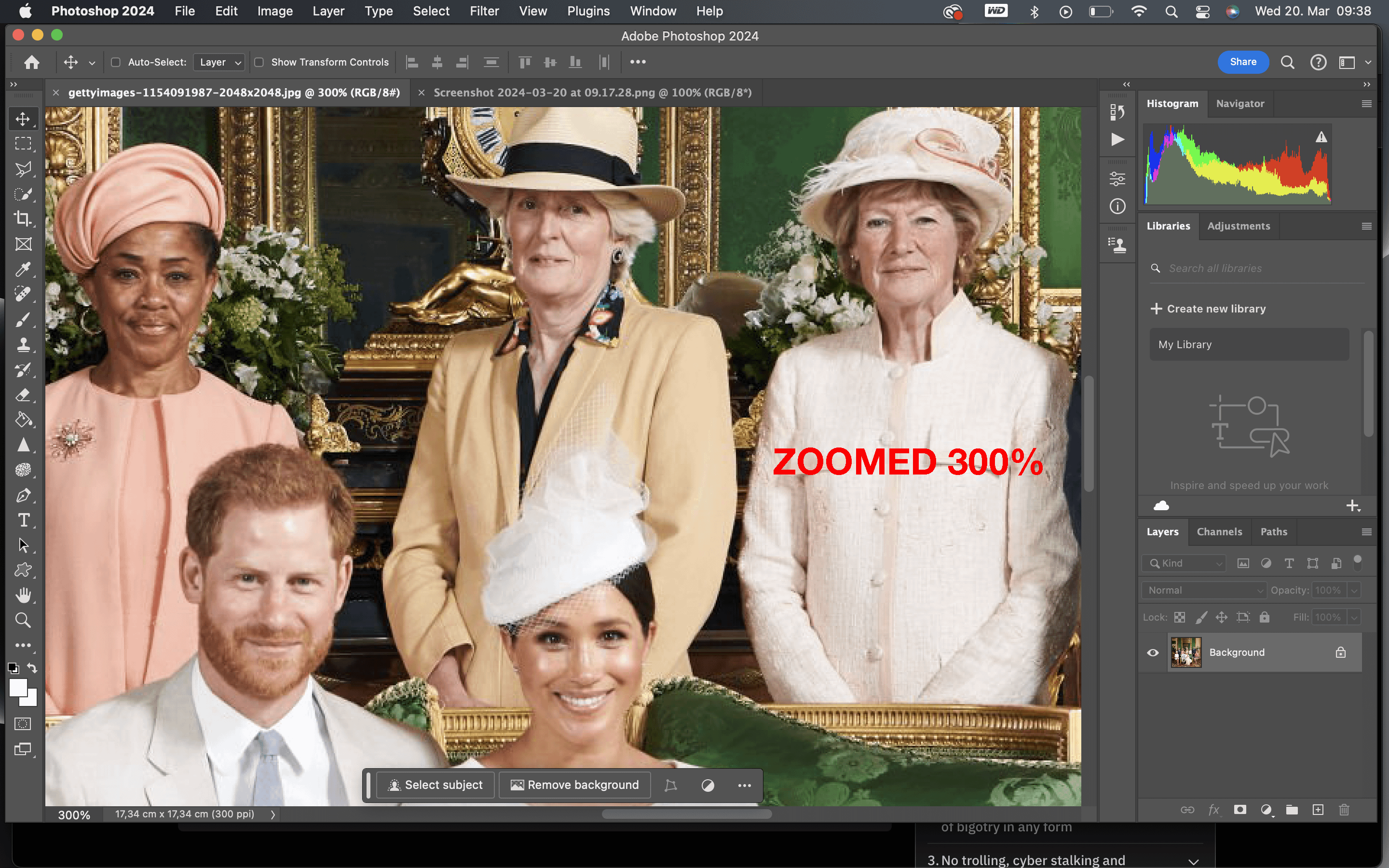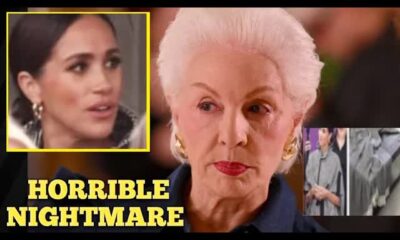The News
Meghan Markle’s Photoshop Fiasco: A Closer Look at the Controversy
In recent weeks, a sensational story has captured the attention of social media and traditional news outlets alike: Meghan Markle's alleged Photoshop blunder involving her daughter, Lilibet.
The royal family has long fascinated the public, and every detail of their lives often comes under intense scrutiny.
This time, a seemingly innocent Christmas card from the Duke and Duchess of Sussex has sparked debates and controversies that many didn't see coming.
The card featured a cozy family portrait designed to showcase the warmth of the holiday season.
However, as fans and critics examined the image, they noticed something odd about baby Lilibet's positioning.
The toddler's pose bore an uncanny resemblance to another photograph that had circulated earlier, raising eyebrows and igniting speculation about the authenticity of the image.
This incident transcends mere oversight; it delves into how public figures curate their images and the narratives they wish to present.
In the celebrity world, using photo editing tools is common practice.
Yet, when it involves children, the ethics of such manipulation come into question.
Critics argue that altering images of children sets unrealistic standards for beauty and family life, potentially misleading the public.
As discussions heated up, social media platforms exploded with memes and commentary dissecting the controversial photo.
Supporters of Meghan and Harry rushed to defend them, claiming that every parent wants to showcase their family in the best light.
On the flip side, detractors accused the couple of perpetuating a culture of deception, particularly regarding how they portray their family life.
The narrative soon attracted media attention, prompting experts in digital imaging to weigh in on the matter.
Analysts pointed out various signs of photo manipulation, including lighting inconsistencies and unnatural shadows, which suggested that the image had been altered.
This scrutiny not only questioned the authenticity of the Christmas card but also reignited conversations about the Sussexes' relationship with the media and public perception.
Reactions from the public were mixed.
Some expressed disappointment in Meghan, feeling she had betrayed her followers' trust by presenting a manipulated image.
Others showed understanding, recognizing the immense pressure that comes with living in the spotlight.
The ongoing discussions revealed a broader societal issue: the relentless pursuit of perfection in an age where curated realities often overshadow genuine experiences.
As the situation evolved, Meghan Markle found herself at the center of yet another media storm.
Questions emerged about her intentions and the lengths she and Harry might go to safeguard their family's image.
This incident not only touches on celebrity culture but also raises important discussions about privacy in a world that seems increasingly invasive.
Delving deeper into the analysis of the controversial Christmas card, experts highlighted specific inconsistencies that fueled the ongoing debate.
One significant point was the lighting in the photograph.
In professional photography, lighting is essential for capturing moments authentically.
Critics noted that Lilibet's face appeared illuminated differently than other family members, suggesting digital enhancement.
Moreover, the shadows in the image drew attention.
Experts pointed out that shadows should align naturally with the light source.
In this photo, Lilibet's shadow seemed misaligned compared to those of Meghan and Harry, leading to theories that the image might have undergone manipulation.
This inconsistency raised further doubts about its authenticity.
Additionally, the background elements added to the controversy.
While the Christmas card featured a picturesque setting, the area behind Lilibet appeared slightly blurred compared to the rest of the image.
This inconsistency, known as depth of field, often indicates that an image has been altered, suggesting that Lilibet may have been digitally inserted into the scene.
The positioning of Lilibet's hands and body also caught analysts' eyes.
Natural poses are crucial for conveying intimacy in family portraits.
However, Lilibet's stance seemed stiff and unnatural, prompting questions about whether the photo had been manipulated to create an idealized family image.
This observation led to discussions about the pressures public figures face in presenting a perfect family image.
As the analysis continued, experts discussed the overall composition of the photo.
Good photography relies on balance among subjects.
Critics noted that while Meghan and Harry were prominently featured, Lilibet appeared awkwardly placed, suggesting the photograph might have been pieced together rather than captured in a cohesive moment.
The ongoing scrutiny of Meghan and Harry's Christmas card not only highlights the complexities of celebrity culture but also serves as a reminder of the standards we set for authenticity in our own lives.
As we consume images that may not depict reality, it is essential to critically evaluate the content we encounter, especially when it involves public figures.
The expert analysis of Meghan Markle's Christmas card photo ultimately revealed several inconsistencies that raised questions about its authenticity.
From lighting and shadow discrepancies to unnatural posing, these details invite reflection on the implications of photo manipulation in today's digital landscape.
As we navigate a world filled with curated realities, fostering a sense of authenticity becomes increasingly important.






























































